Search Results
Fine Jewelry University Articles matching: “Green gem”
Showing only FJU Article results. Click here to show all results.
Fine Jewelry University (Show All FJU Articles)
-
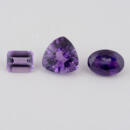
Gem in the Spotlight: Amethyst
… been considered a royal color, so it is not surprising that amethyst has been in so much demand throughout history. Gemology Amethyst is a variety of quartz that is colored by the presence iron and aluminum. The violet color of amethyst… as hard as tourmaline, softer than sapphire and topaz, and harder than opal and tanzanite. This makes it a durable gemstone that is resistant to scratching and chipping. It is also resistant to heat and chemicals which means that it can…
-
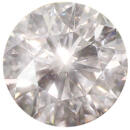
Diamond Buying Guide: The 4 C’s
If you understand how diamonds are graded, you have a better chance of finding the right one for you. At Arden Jewelers, our gemologists are more than happy to answer any questions you have so please feel free to visit us anytime. Carat Weight Diamonds are small, so the scale that is used to describe diamond weights uses very small units. A carat equals 1/5 of …
-
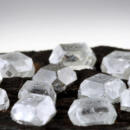
Is a Lab Grown Diamond Right for Me?
Picking a diamond for your engagement ring is a big decision. For most of us, buying a diamond is a significant financial undertaking, and we want to … grown diamond is. Of course, you don’t have to tell anyone you bought a lab grown diamond (and even experienced gemologists might not be able to tell). But, due to that misinformation we talked about earlier, most people don’t know what…. P. S. If you are considering a lab grown diamond, be sure to checkout Balance , our own collection of unique engagement rings made exclusively with
-
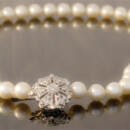
How to Clean Pearl Jewelry
… symbols of purity and chastity. But even symbols of purity get dirty from time to time. As you know pearls are produced when a mollusk secretes nacre to form a covering around a foreign body in its shell. Pearls are not as durable as gemstones produced by the heaving pressure beneath the earth’s surface. Therefore special attention should be used when cleaning them. Pearls should be the last thing that you put on and the first thing that you take off. Common personal …
-

How Are Lab Grown Diamonds Made?
… to turn lead into gold, many have tried to achieve this impressive feat. We have only recently been able to produce gem quality, lab grown diamonds that are large enough to be used in jewelry. But, how is it done? Early Efforts … so making artificial carbon crystal was the problem of lab grown diamonds. For decades, manufacturers of synthetic gemstones tried growing diamonds like they grew rubies, sapphires, and emeralds. It failed. Then they had the idea to …
-
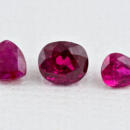
Gem in the Spotlight: Ruby
For much of human history, rubies have been the most prized gemstone. But, what is it about this red gem that has captivated our hearts and minds for so long? Is it ruby’s color? … deeper? Whatever it is, ruby’s impact on humanity is broad and deep, with arguably the richest history of all gemstones. Gemology of Ruby Rubies are in the corundum gem family along with sapphires. Corundum is an extremely durable form … too pink, they are called purple sapphires or pink sapphires, respectively. Since sapphires and rubies are the same gem material, they also share a refractive index of 1.762-1.770 and a specific gravity of 4.00. A unique optical …
-
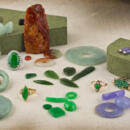
Gem in the Spotlight: Jade
… toughness, can be carved, and can be taken to a high polish. Nephrite is commonly found in a darker olive green color but can also be very light green, orangey-red, black, and yellowish green. Jadeite can come in many different colors … pink, purple (often called lavender jade), blue, black, white, and the most valuable/desirable color: a vibrant green. The finest of all green jadeite colors is a saturated emerald green that is almost transparent, and it is called “…
-
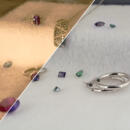
Gem in the Spotlight: Alexandrite
… Alexandrite is the extremely rare, color-change variety of a gem species called Chrysoberyl. It appears bluish-green in daylight, fluorescent light, and some LED light. Under incandescent light, candle, and firelight, alexandrite appears … interacts with alexandrite’s crystal structure. It absorbs most wavelengths of light very well, only transmitting green and red light. This means that depending on the light source the stone will reflect more of the accent colors of light…
-
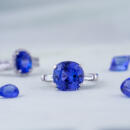
Gem in the Spotlight: Tanzanite
… different colors when viewed at different angles. Tanzanite in its raw form has three colors: blue, purple, and green. Heating removes the green component which makes the violetish blue color pop (although technically speaking it doesn’t …present. Raw, unheated tanzanite is sometimes marketed as “mermaid tanzanite” because of the iridescent blue and green colors. You can usually tell if a tanzanite has been heated by using a dichroscope. This is a tool that gemologists use …